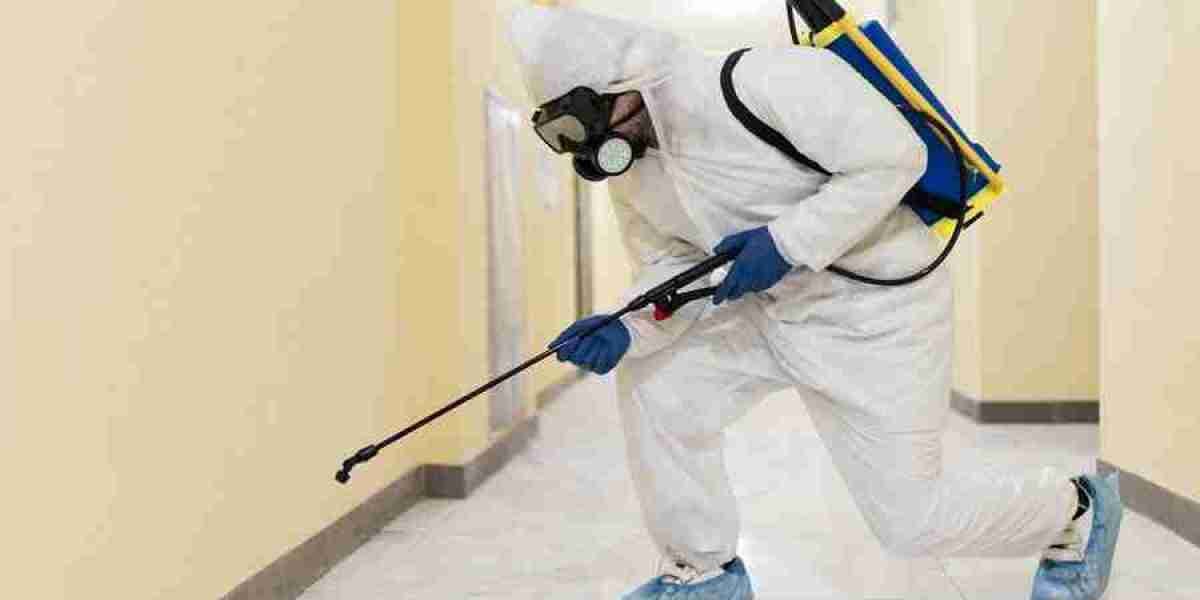Introduction: Tech-Driven Transformation in Sustainable Leather
The Metal Free Leather Market is undergoing a remarkable evolution, led by technological advancements that are reshaping how leather is produced and consumed globally. As sustainability becomes a central industry focus, innovation in materials, processes, and equipment is driving the widespread adoption of metal-free leather across sectors.
From plant-based chemistry to AI-driven process optimization, the market is leveraging advanced technologies to deliver high-quality leather without the use of harmful metals like chromium or aluminum. These developments are not only improving efficiency but also unlocking new design possibilities and enhancing environmental performance.
Clean Chemistry Innovations in Tanning
At the core of this transformation is a shift in tanning chemistry. Traditional leather relies on chrome tanning—a process associated with hazardous waste and long-term environmental damage. In contrast, metal-free leather production now uses innovative tanning agents such as:
Aldehyde-based synthetics
Plant-derived polyphenols (e.g., mimosa, quebracho)
Biopolymers and bioenzymes
These alternatives eliminate heavy metal contamination and reduce the need for water and energy-intensive treatments. The outcome is safer, softer, and more durable leather that meets both quality standards and sustainability benchmarks.
Digitalization of Production Processes
Smart manufacturing is making leather production more efficient, traceable, and adaptable. Many facilities are now adopting:
AI for process control and quality consistency
Real-time monitoring of chemical usage and emissions
Predictive maintenance systems to optimize machinery use
These digital tools reduce waste, improve material yield, and ensure uniform product characteristics across batches. With digitized workflows, manufacturers can also provide greater transparency—an essential component for brands committed to traceable, responsible sourcing.
Advancements in Bio-Leather Alternatives
Technological innovation has also enabled the development of entirely new material categories. Bio-leathers, such as mycelium (fungus-based), cactus, and pineapple leaf leather, have emerged as strong metal-free alternatives. These materials are engineered using biotechnology and precision farming techniques.
What sets them apart is not only their low environmental impact but also their adaptability to traditional leather-making processes. By enhancing these raw materials with metal-free tanning, producers achieve textures and finishes indistinguishable from animal-based leathers—without the cruelty or pollution.
Machinery Upgrades for Eco-Leather Production
Modern leather production now relies on updated machinery that supports eco-friendly operations. New tanning drums, filtration systems, and drying units have been engineered to handle metal-free processes. These upgrades reduce energy consumption, minimize discharge, and improve workplace safety.
Automated systems ensure precise dosage of tanning agents, consistent curing, and better temperature control. These improvements make it easier to scale production and maintain international quality standards while minimizing environmental footprint.
Enhanced Product Performance Through Innovation
Thanks to technological advances, metal-free leather now rivals traditional leather in performance. Innovations have enabled improvements in:
Tensile strength and flexibility
Resistance to water, wear, and UV exposure
Customizable finishes, embossing, and dye absorption
This level of performance has widened its application across industries—from luxury fashion to automotive and interior design. It also allows for product lines that are as beautiful as they are responsible, breaking the myth that sustainability comes at the cost of quality.
Integration of Sustainable Dyeing Technologies
Coloring processes have also advanced, with many manufacturers now using water-based or natural dyes. These dyes are designed specifically for metal-free substrates and are applied through low-energy, low-emission techniques such as:
Spray dyeing
Ultrasonic application
Low-temperature curing
Such processes reduce the use of solvents, eliminate toxic runoff, and improve worker safety—all while offering vibrant, lasting color ranges suitable for various market segments.
Global Adoption and Standardization
Technological harmonization across countries is aiding global adoption. Manufacturers in Europe, Asia-Pacific, and the Americas are investing in similar production frameworks to ensure consistency and regulatory compliance. Shared standards around metal-free processes are emerging, helping brands source internationally without compromising on ethics or performance.
As adoption spreads, economies of scale are beginning to lower production costs, making metal-free leather a feasible option even for mid-range brands and startups.
Environmental Data and Lifecycle Tools
Another breakthrough in the metal-free leather space is the use of lifecycle analysis (LCA) tools and environmental impact modeling. These digital platforms provide data on:
Carbon emissions
Water footprint
Chemical toxicity index
By integrating these tools, manufacturers and brands can accurately assess and report their sustainability performance, respond to stakeholder expectations, and qualify for green certifications or ESG disclosures.
Conclusion
Technological advancements have transformed the Metal Free Leather Market from a niche concept to a global standard for sustainable leather production. From clean tanning chemistry to smart factories and bio-material innovations, technology is the foundation of this growth. As adoption continues, these innovations will not only improve material quality and efficiency but also accelerate the global shift toward eco-friendly production systems.




